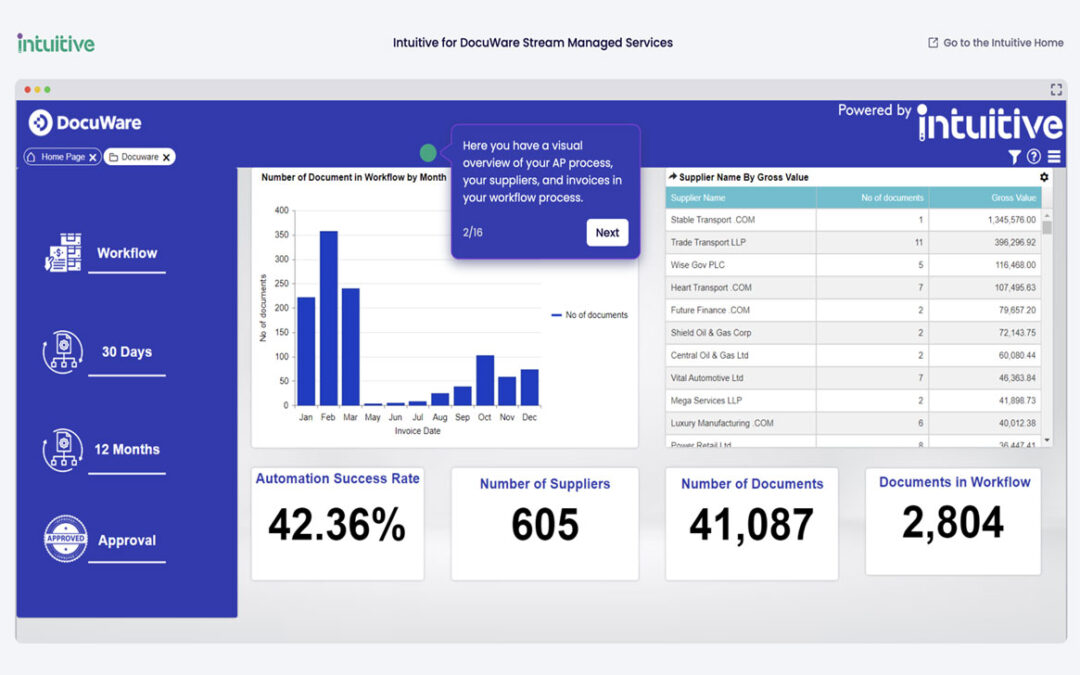A simple guide to understanding DMS and how it helps small businesses stay organised and efficient
Summary Answer:
Document Management Software (DMS) sometimes known as Content Management Software (CMS) is a digital system that stores, tracks, and manages your business documents in one secure place. It replaces paper chaos with searchable, accessible, and compliant records, helping small businesses save time, cut costs, and work more efficiently.
Why Document Management Matters
Let’s be honest, managing documents manually is messy. Paper piles up. Files get lost. Team members spend more time hunting for information than using it.
But here’s the thing: it’s not just paper. Even digital files like spreadsheets and PDFs can create just as much chaos, endless versions, hard-to-find attachments, and no clear audit trail.
For many businesses, document management is the hidden drain on productivity they don’t realise is costing them. That’s why more UK companies are turning to Document Management Software, a modern, digital solution designed to make storing, sharing, and securing documents effortless.
What Is Document Management Software?
Think of Document Management Software as your digital filing cabinet, but smarter. It stores, tracks, and organises your electronic files, scanned paper documents, and everything in between.
Instead of wasting time searching through folders or drawers, your team can locate any document instantly from invoices and contracts to HR forms, customer records, or compliance documents.
It’s the single source of truth your business needs to stay efficient and compliant.
Key Features of a Good DMS
The right system will do more than just store files. It will make your information work harder for you.
Here’s what to look for:
- Document storage and quick retrieval – Find what you need in seconds.
- Version control – Track edits, updates, and approvals automatically.
- Access permissions and security – Control who can view or edit files.
- Search functionality – Use keywords, tags, or filters to locate documents instantly.
- Automate Manual Document Workflows – Digitise and Automate document workflows including approvals
- Audit trails and compliance tools – Stay aligned with regulations like GDPR and ISO standards.
A strong DMS should simplify, not complicate, how your team handles documents.
Why Businesses Are Adopting DMS
- Across the UK, businesses are moving to digital document systems for five key reasons:Less paper clutter and lower physical storage costs
- Instant access to files from any location
- Better collaboration between teams and departments
- Improved compliance with data protection and audit requirements
- Enhanced security and automatic backups to protect against loss
- Automating Manual workflows to speed up manual tasks
When information is easy to find, your entire business runs faster and more smoothly.
Real-World Impact
Imagine your finance manager needs to check last month’s supplier invoice. Instead of digging through folders or emailing three people to find it, they simply log in, search, and download it within seconds.
That’s what Document Management Software does, it removes friction. It saves time, reduces stress, and helps every department operate with confidence.
Choosing the Right DMS
Not all Document Management Systems are created equal. When comparing options, focus on:
- Ease of use – Can your team start using it quickly without extra training?
- Integration – Does it connect with your existing accounting or CRM tools?
- Scalability – Can it grow as your business expands?
- Support and training – Will the provider help you make the most of it?
- Pricing model – Subscription plans often make DMS affordable for SMEs and scalable for larger companies.
The best solution is one that fits your business, not the other way around.
Conclusion
If your current document management feels like organised chaos, it’s time to simplify.
Document Management Software isn’t just for large corporations, it’s a practical, affordable way for any businesses or organisation to regain control, improve collaboration, and protect their data.
When you digitise how your business handles information, you don’t just tidy up your files. You transform how your team works.

